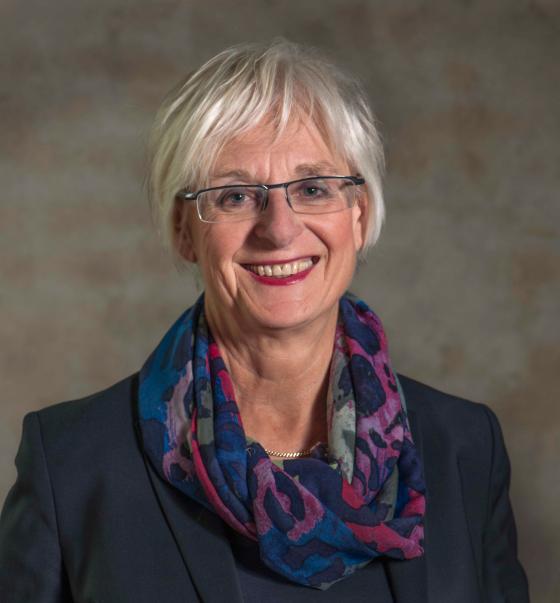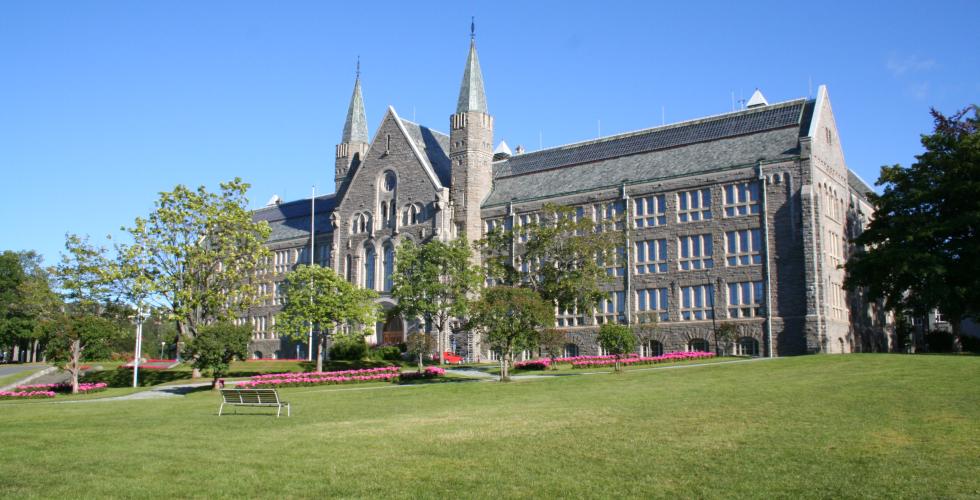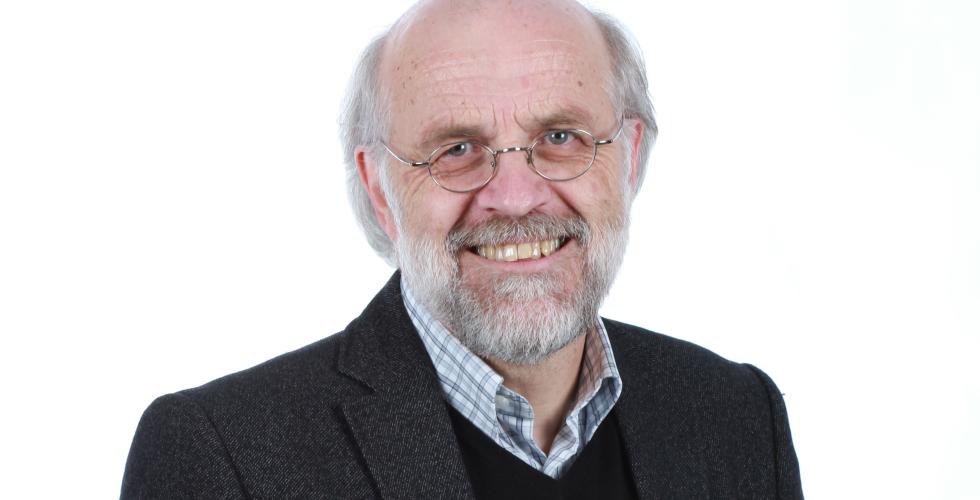Rectors do not want gender equality put on hold
Norwegian universities and university colleges are undergoing an extensive merger process. “In major processes like these, there are often matters that are more urgent than gender equality. That being said, gender equality should still be high on the agenda,” says the pro-rector of Norway’s largest university.
“There are many things that need to fall into place, many issues we must find solutions to – and it’s urgent,” says Kari Melby, Pro-Rector for Research at the Norwegian University of Science and Technology (NTNU).
On 1 January 2016, NTNU was merged with the university colleges in Ålesund, Gjøvik and Sør-Trøndelag. 2016 will be the organisational year for the new institution, which is now Norway’s largest university. The merger process is supposed to be completed by 1 January 2017. Melby does not hide the fact that this year will be demanding.
“We must ensure secure operations, stay within the budgets and integrate academic activity and administration from four previously independent institutions. This requires a lot of reorganisation and adaptation. The process is demanding, the tempo is high, and the workload is huge,” says Melby.
Major upheaval
NTNU is just one of many institutions implementing extensive merger processes these days. What happens to gender equality and gender balance when the higher education sector goes through major structural changes? Is gender equality work put on hold, or is it sufficiently integrated into the sector to keep the pressure on – including when there are many other considerations to take into account?
These questions were raised during the structural reform conference on 6 June 2016, which was organized by NTNU and the KIF Committee.
Earlier this year we interviewed Arne Brinchmann, Director of Personnel and Organization at the recently consolidated Nord University, which organized the higher education sector’s large network conference shortly after the merger. Brinchmann was eager to point out that merger processes do not necessarily mean that gender equality efforts must give way to other matters:
“We often see that gender equality work is given lower priority than other tasks that also must be carried out, and we want to avoid this situation now,” said Brinchmann to Kifinfo.no.
In 2003, the researchers Mari Teigen and Hege Skjeie introduced the expression “gender equality’s duty to yield the right of way”, suggesting there is a tendency for gender equality efforts to give way to other considerations, despite widespread consensus that gender equality is important. This tendency is especially evident in situations involving major structural reorganization. How do the top administrators at some of Norway’s largest institutions approach this problem?
Continuity is key
“We have not put our gender equality work on hold. On the contrary, we have allocated money and continue to have good plans for these efforts,” says Mari Sundli Tveit, Rector of the Norwegian University of Life Sciences (NMBU).
During the conference, Tveit and several other rectors took part in a “merger talk show” entitled How to build a structure for gender equality, which was led by Curt Rice. There is no doubt that Tveit’s first-hand experience in this area is extensive: On 1 January 2014, NMBU (known then as UMB) was merged with the Norwegian School of Veterinary Science, and NMBU in its current form became a reality. Tveit was elected as rector seven months before the merger, and jumped into a leadership position undergoing an extensive restructuring process – at an institution that was known for many years as being heavily male dominated.
According to Tveit, gender equality efforts have been a priority the entire time.
“We have steadily increased the budget for gender equality activities. Here at NMBU we have faced an enormous challenge when it comes to gender balance in academic positions, especially at the professor level. So it’s been clear to us that we can’t wait until we’re finished with the merger process before tackling gender equality. It’s critical that this type of work is ongoing,” says Tveit.
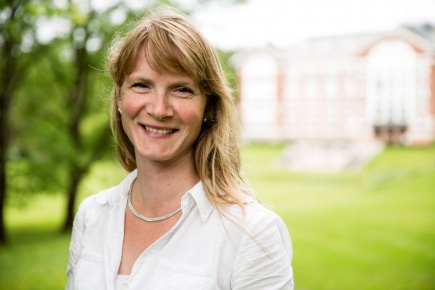
The Gender Equality Award was important
The work to promote gender equality has also been high on the university’s agenda for many years. The former UMB received the Gender Equality Award for 2012 presented by the Ministry of Education and Research. In the award committee’s statement, the university was recognized for its efforts to systematically improve the gender balance and create a noticeable change in attitude among the institutional leadership and within the organization. At the time, Tveit was the pro-rector and chair of the university’s gender equality committee.
“Thanks to the award, we got a huge financial boost,” says Tveit.
“We didn’t allocate large sums to this on our own before we received the award, but since then we have continued to increase the funding.”
“We used the prize money on concrete, structural measures such as start-up packages, additional funding for research assistance and qualifying grants for women before promotion to the professor level. In our experience, women wait too long to apply for promotion, so we help with the assessment of promotion applications and have allocated some funding there,” explains Tveit.
“We have designed our own NMBU model in which we address the problems where they occur. If few women apply for promotion to professorships, then we must get them to apply for promotion,” says Tveit. She also stresses how important it is that the leadership is keenly aware of gender equality.
“It’s crucial that the individual manager has a clear picture of the challenges in his or her own department and tackle them from there,” she says.
According to Tveit, the keyword is awareness – especially during the upheaval that the entire sector is now experiencing.
“To be sure, merger processes can increase the risk of stumbling. Many considerations must be taken into account, and the chances of taking a wrong step are greater. In this case, it’s important to watch your step and not put things on hold,” says Tveit.
“Easy to forget the gender perspective”
Kari Melby of NTNU also points out that an extensive merger process can cause glitches in gender equality efforts. Nonetheless, she is concerned that this work remains high on the agenda if at all possible.
“We think we do a good job with gender equality at NTNU. We focus attention on it in the rector’s management team, and our senior leadership is gender balanced,” says Melby.
“Can – or should – structural reform be a good opportunity to move gender balance higher up on the agenda?”
“Both yes and no. Major change processes are complicated and require quick decisions – and it seems that many matters are more urgent than increasing gender equality,” says Melby.
“On the other hand, we will be appointing many new managers, and here the consideration for good and better gender balance should be given priority,” emphasizes the pro-rector.
“We also know that the work to increase gender equality is challenging and requires measures that will function in the long term. It’s equally important to set clear expectations of all those in leadership positions in the departments and academic groups in order to develop good environments for both women and men and to work for gender balance.
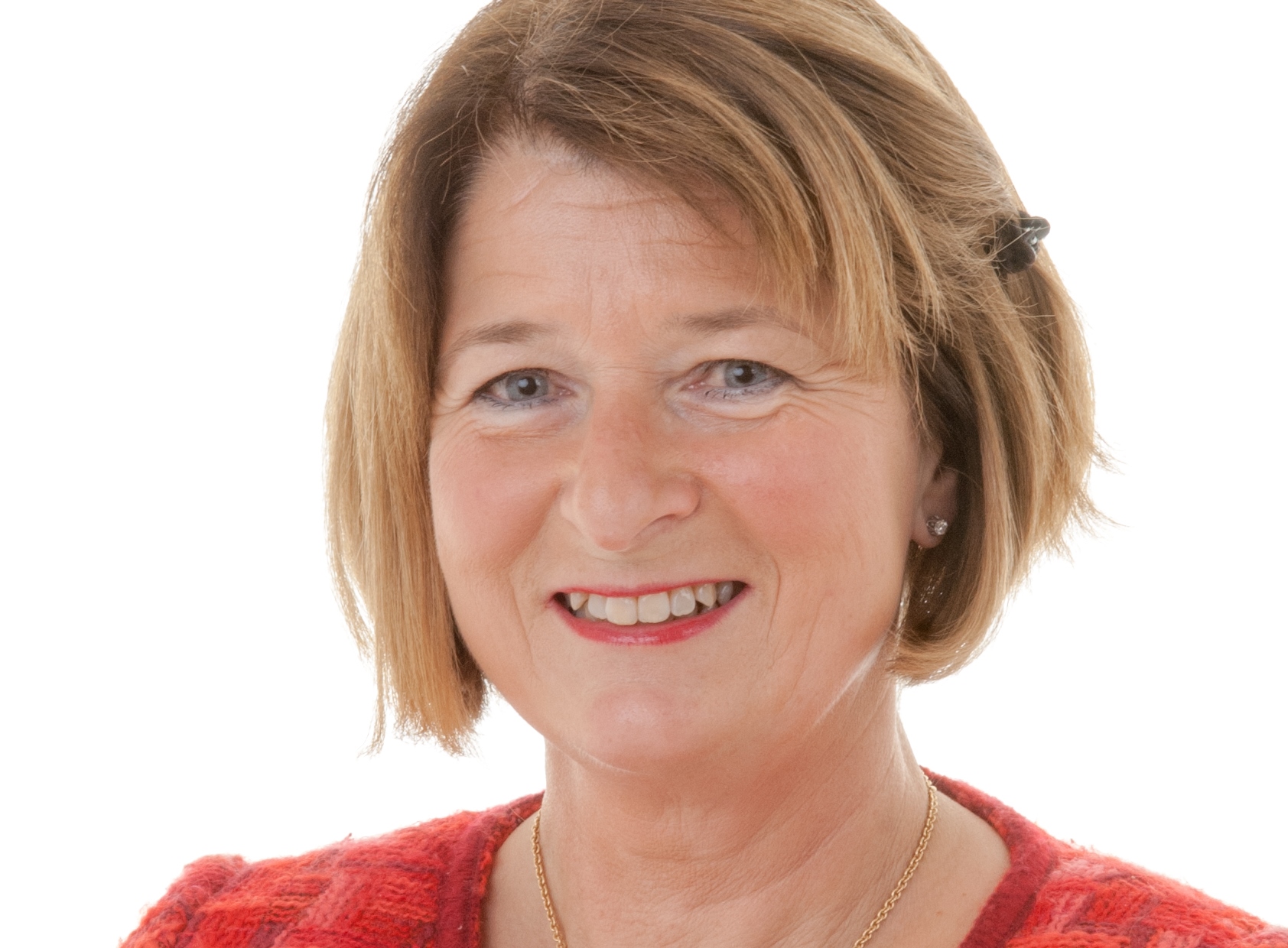
Wants more men in the health sciences
Melby emphasizes that they see opportunities rather than obstacles, despite the demanding restructuring process.
“It’s obvious that our managers have a desire to work for better gender balance, at both the faculty level and the department level,” she says.
“We’re painfully aware that 77 percent of our professors are men, so gender equality is a topic of discussion at our management meetings.”
Melby adds that they are also looking forward to working with gender equality in the new subject areas that are now a part of NTNU:
“We’re pleased about the expanded academic portfolio we gained through the merger. By applying targeted efforts and substantial resources, we have managed to achieve 30 percent women in technology and natural science. As a result, we have a strong desire to use that experience to increase the percentage of men in the health sciences,” says Melby.
Merger veteran in the north
UiT The Arctic University of Norway is undergoing a merger process as well, after recently being merged with Harstad University College and Narvik University College. According to UiT’s Rector Anne Husebekk, the efforts to improve gender balance should never be put on hold.
“Gender balance should always be on the agenda. It’s still important to think about gender equality in all types of processes. Gender balance doesn’t happen on its own,” she emphasizes.
UiT has undergone several mergers over the years: In 2009 and 2013, respectively, the university was merged with Tromsø University College and Finnmark University College. Today UiT has campuses in Tromsø, Alta, Hammerfest, Harstad and Narvik. At the conference in June, Husebekk talked about UiT’s work with gender balance throughout several major reorganization processes.
“The university board was expanded during each of the last three mergers, and we have kept gender balance in mind when comprising the board,” says Husebekk.
“In merger processes like these, it is usual to post job announcements for many new leadership positions, and in this context we are concerned with ensuring gender balance. In some cases, this has meant carrying out active search processes,” explains the rector.
Husebekk also says that they have launched a process to assess whether the institution has a suitable organizational structure, including after the mergers have taken place.
“Such internal structural changes give us new opportunities to think about gender equality. For example, our board has allocated funding for an expanded associate professor programme, which results in competence-building in many female dominated subject areas,” she says.
“This means that more women will be qualified to assume leadership positions. We are also about to launch a new promotion project for female associate professors. UiT’s target is a minimum of 40 percent female professors,” concludes Husebekk.
Translated by Connie Stultz.
In 2014, the Norwegian Government announced that it would launch a process to consolidate the sector’s resources into fewer, but stronger universities throughout the country. As from 1 January 2016, a number of institutions have been merged.
The following institutions have been merged:
- Norwegian University of Science and Technology: The Norwegian University of Science and Technology has been merged with Gjøvik University College, Sør-Trøndelig University College and Ålesund University College to create a single university (NTNU).
- UiT The Arctic University of Norway: UiT The Arctic University of Norway has been merged with Narvik University College and Harstad University College to create a single university (UiT).
- Nord University: The University of Nordland, Nord-Trøndelag University College and Nesna University College have been merged into one university, now called Nord University.
- Oslo and Akershus University College of Applied Sciences: The Norwegian Institute for Urban and Regional Research and Consumption Research Norway have been incorporated into the activities of Oslo and Akershus University College.
- University College of Southeast Norway: Buskerud and Vestfold University College and Telemark University College have been consolidated into a new institution called University College Southeast Norway. The new institution will have campuses in Buskerud, Vestfold and Telemark counties.
- VID Specialized University: The private institutions Haraldsplass Deaconess University College, Betanien University College, Diakonhjemmet University College and the School of Mission and Theology have been consolidated into a new institution known as the VID Specialized University.
Several other institutions in the higher education sector are currently being assessed with a view to additional mergers.
